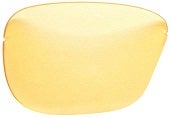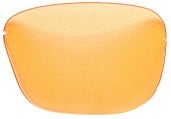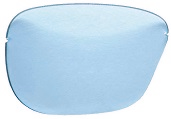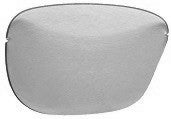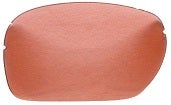Ballistic Glasses: What’s Safe? What Lens Colors Are Best?
Travis Olander 10.26.23

A good pair of ballistic glasses – also called shooting glasses – is a requirement at most gun ranges. They’re critically important for protecting your eyes while shooting. But they can also improve your range game, boosting sight picture clarity and contrast. Some hunters wear them to enhance colors and vision, too. But what glasses and lens colors are best? Let’s look at ballistic glasses safety ratings and we’ll go over what color lenses are best for particular scenarios.
Lens Safety Ratings
All ballistic glasses have at least one of two safety ratings: MIL-PRF-32432 (Ballistic Fragmentation protection, per U.S. military requirements) or ANSI z87.1 and z87+ (all certified by the American National Standards Institute). It doesn’t really matter which rating you choose – either certification ensures the ballistic glasses in question provide at least some protection from high-speed projectiles and direct lens impacts. But we shooters are technical folks, so let’s break down both ratings in detail.
Z87.1 and Z87+ Glasses
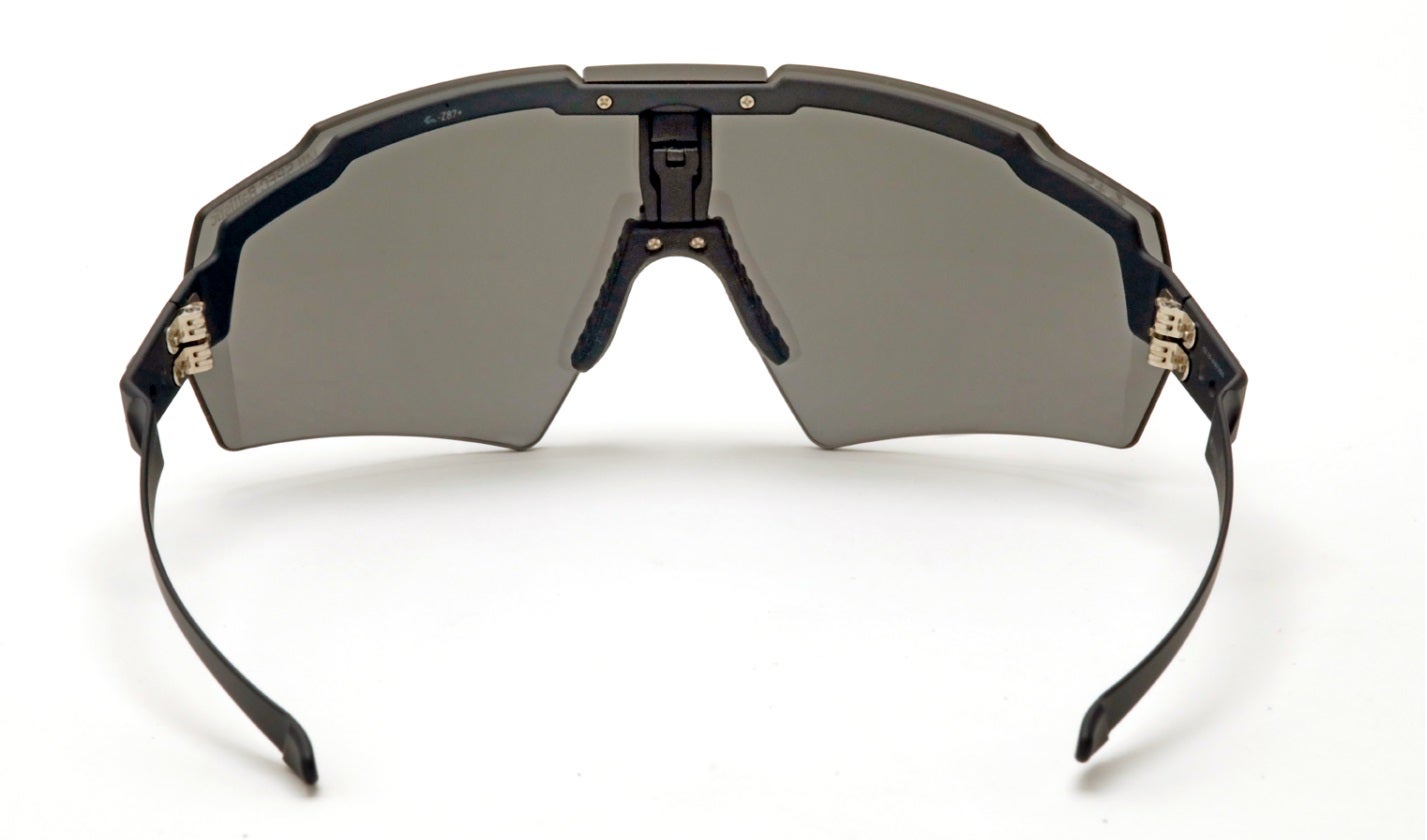
This ANSI standard doesn’t just certify ballistic glasses. It also covers other eye and face shields, like welding masks and industrial shop goggles. For this reason, there are different levels of protection afforded by ANSI-certified glasses. Some glasses and lenses have a basic “Z87” rating, but this is not adequate for ballistic glasses. When you purchase a pair of ballistic glasses for shooting, you want lenses with Z87.1 and Z87+ ratings. Glasses with these ratings are made to withstand impact protection from heavy, fast-moving objects and projectiles. To obtain these safety ratings, a glasses’ lenses must be struck by a steel ball measuring about 25mm in diameter, from a distance of 50 inches.
They must also be struck by pointed steel rod weighing just over one pound, dropped from the same distance. Lastly, the lenses must be shot by a 6mm steel ball fired at 150 FPS. Lenses subjected to these tests only receive a Z87.1 (also often labelled Z87+) ANSI safety certification if they withstand all the tests described above without suffering a catastrophic failure, and without allowing any of the objects or projectiles to puncture the lenses. Obviously, none of these tests come close to the energy and speed of a live round – but no one should ever expect to be faced with the business end of a gun barrel at the local range. Rather, these tests are made to ensure you’re safe from things like spent shell casings, debris that could be kicked up from a muzzle device, or, rarely, a ricochet.
Other ANSI Ratings To Consider
Ballistic glasses that have Z87.1 / Z87+ ratings may also have other numbers and letters printed next to their certifications, which is usually found on one of the arms of the glasses. Some of those letters and numbers may include:
- D: For protection against UV light (rated from 2 to 6)
- R: For protection against infrared light (rated from 1.3 to 10)
- L: For protection against glare (rated from 1.3 to 10)
- V: Provides variable tint
Some of these ratings may be useful if you’re shooting in a direction below direct sunlight, or if you’re doing some bird hunting. The other ballistic glasses rating you’ll often find is found on military eyewear.
MIL-PRF-32432 Glasses
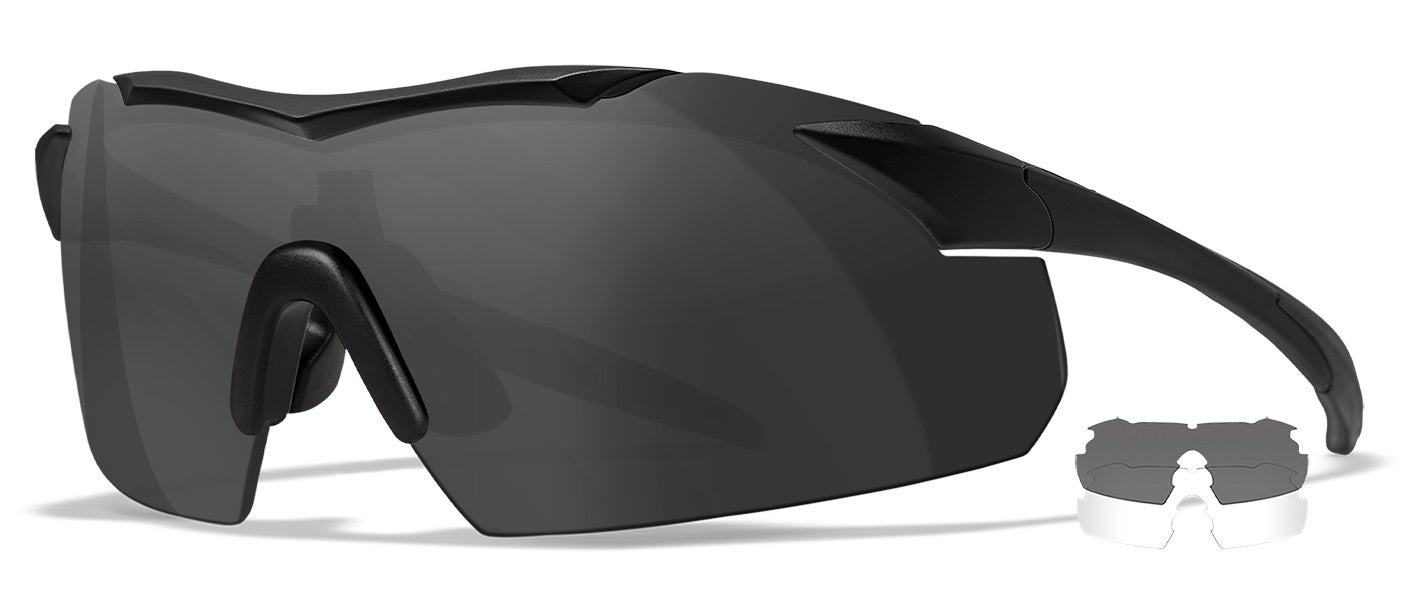
You’ll find this rating on Wiley X Tactical, Revision, and some Oakley SI (Standard Issue) eyewear. In short, MIL-PRF-rated eyewear is far superior to ANSI Z87-rated eyewear. To obtain this specification, lenses are shot by a 0.15″ steel ball traveling at around 650 FPS. For context, that’s approaching the speed and energy of the direct impact from some rimfire ammo.
NATO 2920 V-50 Certification
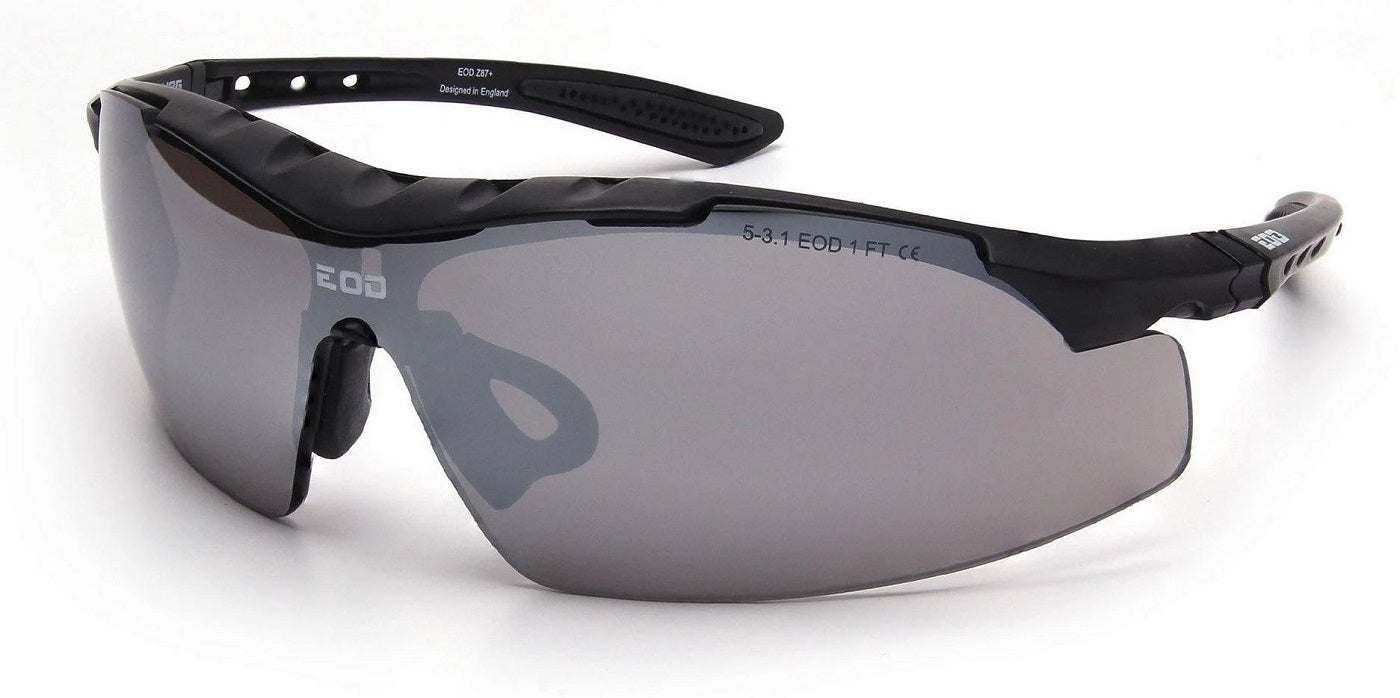
If you want the most protection possible, you should look for glasses advertising NATO 2920 testing. These ballistic glasses typically have the best protection against direct impacts from high-velocity projectiles, with lenses capable of withstanding impacts up to 800 FPS or more.
“Which Ballistic Glasses Are Better?”
For the best protection, you’ll want MIL-PRF or NATO 2920 glasses. But because of the strict testing requirements, you may not find glasses with the right lens colors that also afford that level of protection. Z87-rated glasses are perfectly capable of providing adequate protection at the range, too – after all, it’s highly unlikely you’re going to face down some .22-cal rounds and take a direct hit in the eyes. For virtually all shooting scenarios, Z87 glasses will do just fine.
Lens Colors and When to Use Them
Speaking of lens colors, let’s look at all the different shades you can find, and break down which colors are best for specific shooting conditions and environments.
Yellow
Yellow lenses are some of the most popular because they enhance contrast and colors, especially colors commonly used on range targets and clays. They also reduce the blinding effects of UV light on sunny days. Yellow lenses improve target acquisition and response time in low-light conditions, too.
Orange
Orange lenses function much like yellow lenses, albeit with more tint and UV reduction: They improve contrast and clarity of targets, especially clays in open fields, while mitigating blue light outdoors.
Purple
If you find yourself surrounded by bright green grass and other flora, purple lenses may be your best option: They reduce the brightness of green wavelengths while improving the contrast of orange, making them great for clay and target shooting in rural areas and backwoods ranges.
Red
Red lenses naturally improve our eyes’ sensitivity to all colors, increasing visual acuity and contrast perception of most colors. Red wavelengths are the lowest energy, which means red lenses will help block out high-energy wavelengths – like green and blue – better than any other lens color. This makes red lenses ideal for those who suffer severe eye strain outdoors. Red light also helps our eyes to receive color, and light in general, while remaining dilated, improving visibility at night. Fun fact: that’s why many military vehicles’ interior lights and map-reading lights are red.
Blue
Blue lenses serve a specific purpose: They’re best for indoor shooting environments. They reduce the glare and brightness of fluorescent lights often found at indoor ranges and training areas.
Tint
Pretty self-explanatory: Typical shaded lenses function just like any pair of sunglasses. Many ballistic glasses come with a pair of standard shades.
Brown/Amber
Brown, copper, and amber lenses block blue light with moderate amounts of tint, while also “browning out” and damping green colors. Like red lenses, these lenses can promote eye dilation for enhancing visual acuity. These shades work well for sighting clays, orange targets, and targets backed by cardboard and brown backstops. Need a decent pair of ballistic glasses? Check out our review of the GATORZ Delta M4 glasses.
